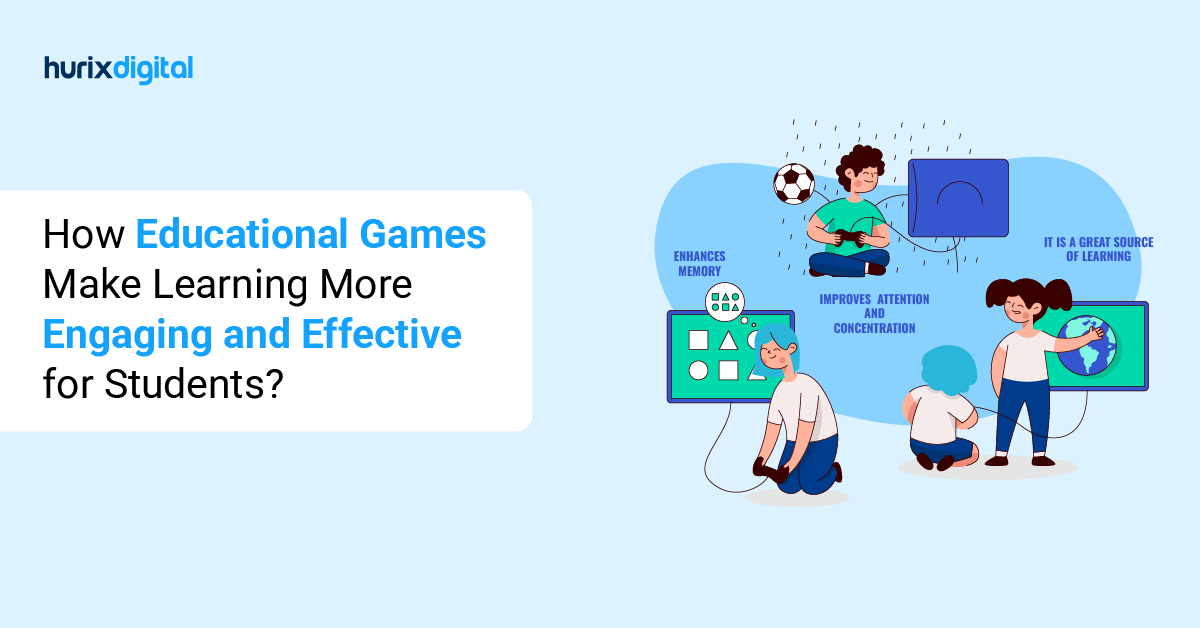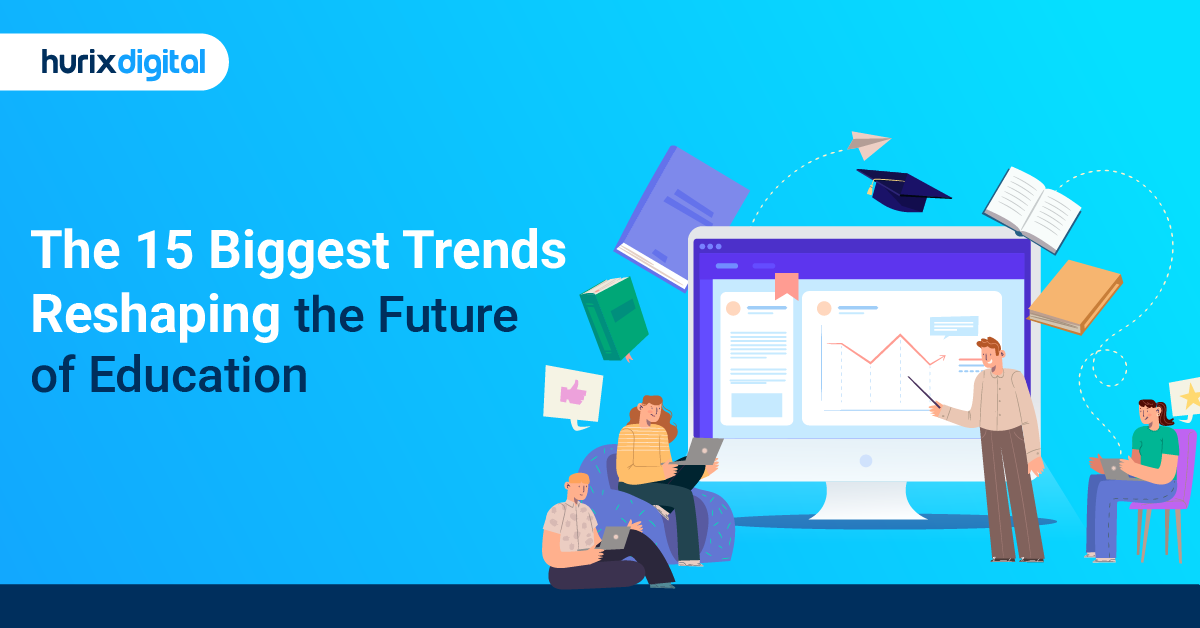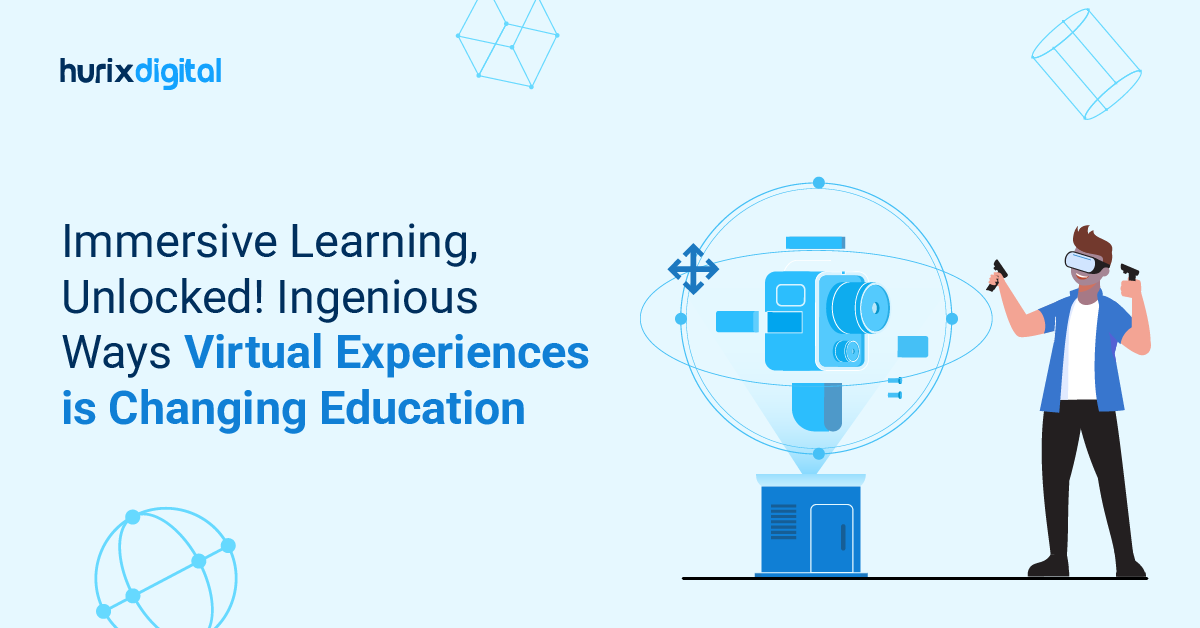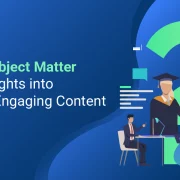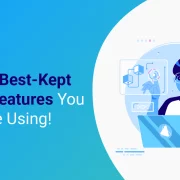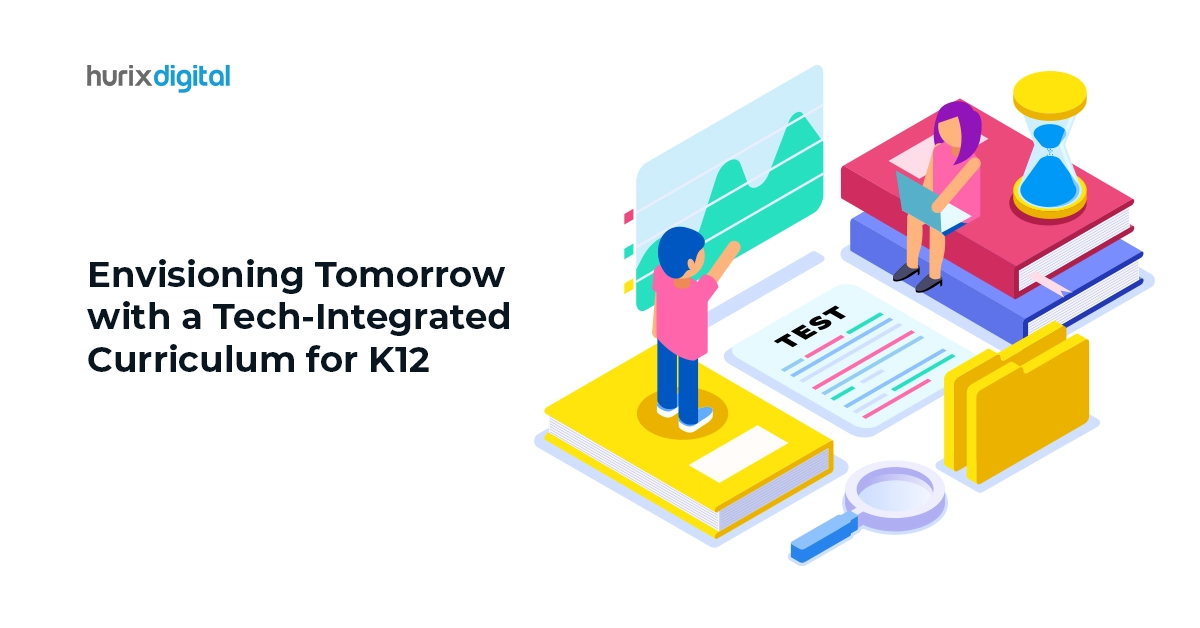
Envisioning Tomorrow with a Tech-Integrated Curriculum for K12
Summary
This blog post envisions a future with a tech-integrated curriculum for K12 education. It highlights the importance of incorporating technology into teaching, the benefits of digital tools for personalized learning, and the role of tech in preparing students for a digital future.
With technological advancement, we are in the midst of a significant change. This change affects various fields and industries, and education is no different. In this changing environment, how can we shape the future of K12 education through innovative curriculum design and technology integration?
K12 curriculum innovation is at the front of this transformation, driving educational excellence and preparing students for the digital age. It has become essential for the education industry to integrate this curriculum for k12 learners. But how?
In this blog, we will answer this and explore technology in the educational industry and the possibilities of a tech-integrated curriculum for K12 learners.
Table of Contents:
- The Role of Technology in Education
- The Advantages of a Tech-Integrated Curriculum
- Implementing Tech-Integrated Curriculum in K12 Education
- Conclusion
The Role of Technology in Education
Technology has revolutionized the way we teach and learn, offering many possibilities for engagement and personalized learning experiences.
Embracing educational technology trends is crucial for staying relevant in today’s educational environment. By incorporating digital learning tools effectively, educators can enhance student outcomes and encourage a culture of continuous improvement in this environment.
1. Understanding the Impact of Educational Technology Trends
Technology greatly impacts the world, and the education sector is no different. So, let’s have a look at the impacts of educational technology trends:
- Data-Driven Decision-Making: Technology enables educators to gather real-time data on student performance, allowing for targeted interventions and personalized learning plans personalized to each student’s strengths and weaknesses.
- Interactive Assessments: Educational technology trends emphasize interactive assessments that go beyond traditional tests, incorporating multimedia elements, simulations, and real-world scenarios to gauge student understanding and skills effectively.
- Collaborative Learning Environments: Technology facilitates collaborative learning experiences where students can engage in group projects, peer reviews, and virtual discussions, encouraging teamwork and communication skills essential for the modern workforce.
2. Leveraging Innovation in Curriculum Design
Though the tech-integrated curriculum is designed to cater to the students of K12, it can be enhanced through innovation. Here are some of the innovations to elevate the curriculum design:
- Multimodal Learning Resources: Innovative curriculum design integrates various learning modalities, including videos, podcasts, interactive simulations, and hands-on activities, to cater to diverse learning preferences and enhance student engagement.
- Global Perspectives Integration: Curriculum innovation embraces global perspectives by incorporating multicultural content, international collaborations, and virtual exchange programs, preparing students for a connected and diverse world.
- Scaffolded Learning Progressions: Effective curriculum design includes scaffolded learning progressions that build upon students’ prior knowledge and skills, ensuring a gradual and structured approach to mastering complex concepts and competencies.
3. Exploring K12 EdTech Companies
K12 eLearning companies in the USA are at the forefront of innovation, offering cutting-edge solutions to enhance teaching and learning experiences. Some notable companies include:
- Hurix Digital: Provides innovative digital learning solutions, including custom eLearning content development and learning management systems, to enhance the learning experience for students.
- Edmentum: Offers personalized learning solutions customized to K12 students, providing adaptive curriculum and assessment tools.
- DreamBox Learning: Specializes in adaptive math programs for elementary students, offering interactive content to support mathematical skill development.
Also Read: Future Trends in K12 Curriculum Development for 2024
The Advantages of a Tech-Integrated Curriculum
There are numerous benefits of tech-integrated curriculum in K-12 education. Some of these advantages include:
1. Personalized Learning
Personalized learning customizes education to individual needs, enhancing engagement, motivation, and academic performance. It nurtures intrinsic motivation and self-advocacy skills, empowering students to progress at their own pace.
2. Data-Driven Decision Making
Data-driven decision-making uses real-time student data to optimize interventions and learning plans, aiding struggling students in improving their academic outcomes.
3. Innovative Curriculum Design
Innovative curriculum design integrates diverse resources like videos, podcasts, and hands-on activities to engage students with varied learning preferences. It embraces global perspectives and multicultural content for a connected world.
4. Accessibility and Flexibility
Technology offers accessibility and flexibility, enabling learning anytime, anywhere. It breaks geographical barriers, enhances inclusivity, and allows students to learn at their own pace and preferred style, promoting equitable education.
Implementing Tech-Integrated Curriculum in K12 Education
Integrating technology into the curriculum requires strategic planning and a clear vision for success. By following effective strategies and addressing challenges proactively, educators can create a dynamic learning environment that prepares students for the digital future.
1. Strategies for Successful Integration
Dive into some of the strategies for successfully implementing a tech-integrated curriculum:
1. Professional Development
Empower educators with advanced tech skills through consistent training and workshops, enabling them to incorporate technology into their teaching methodologies seamlessly. Continuous professional development ensures teachers stay abreast of the latest trends and tools, enhancing their ability to engage students effectively in a tech-integrated learning environment.
2. Aligned Technology Use
Ensure that technology implementation is closely aligned with educational objectives to amplify student engagement and academic success. By integrating tech tools purposefully into lesson plans, educators can create a synergistic relationship between technology and learning goals, encouraging a more meaningful and impactful educational experience for students.
3. Cultivating Creativity
Inspire student innovation by integrating tech projects that stimulate creativity and critical thinking skills. By encouraging exploration and experimentation with technology, learners are empowered to think creatively, problem-solve effectively, and express their ideas in innovative ways, nurturing a culture of creativity and creativity in the classroom.
4. Ongoing Support
Offer educators continuous tech support to navigate challenges and fully leverage the potential of technology in teaching. Providing ongoing assistance ensures that teachers feel confident in utilizing tech tools, troubleshooting effectively, and integrating technology seamlessly into their instructional practices, ultimately enhancing the overall learning experience for students.
5. Seamless Integration
Integrate technology seamlessly into the existing curriculum to create a cohesive learning environment that maximizes the benefits of tech tools. By weaving technology organically into lesson plans and activities, educators can enhance educational outcomes, promote student engagement, and facilitate a smooth transition to a tech-integrated educational approach.
2. Overcoming Challenges in Adoption
Here are some of the steps to follow to overcome the challenges while adopting the curriculum:
- Infrastructure Accessibility: Address limitations in infrastructure to ensure equitable access to technology for all students, bridging the digital divide in education.
- Data Security: Prioritize data privacy and security in digital learning environments, implementing robust measures to safeguard student information and maintain confidentiality.
- Continuous Training: Offer ongoing support and training for educators to build confidence in utilizing technology effectively, promoting a culture of continuous learning and growth.
- Effective Communication: Implement clear communication strategies to facilitate smooth tech adoption, ensuring all stakeholders are informed and engaged in the process.
- Engaging Stakeholders: Involve parents and stakeholders in the adoption process, enabling collaboration and understanding to create a supportive environment for tech integration in education.
Also Read: Gamifying Geography: Interactive Maps and Challenges for K12 Geography Education
Conclusion
The integration of technology into K-12 education presents an exciting frontier for enhanced learning experiences. By embracing innovative strategies and overcoming challenges collaboratively, educators can cultivate a dynamic environment that prepares students for the digital age, cultivating creativity, personalized learning, and inclusive education for all.
Hurix Digital helps K12 envision tomorrow with a tech-integrated curriculum by leveraging innovative educational technology solutions to shape the future workforce and prepare students for the evolving job market. Our innovative educational technology solutions enhance teaching methods and foster interactive learning experiences, equipping students with essential 21st-century skills for the digital age.
Contact us to learn more!

Senior Vice President
A Business Development professional with >20 years of experience with strong capability to sell new solutions and develop new markets from scratch. New Market Entry Specialist with experience of working in two of the largest emerging markets – China & India. Also covered other key markets in APAC, US, EU & ME. Exceptional experience of conceptualizing, ideating and selling new learning technologies like VR AR, etc. across multiple industry verticals.

